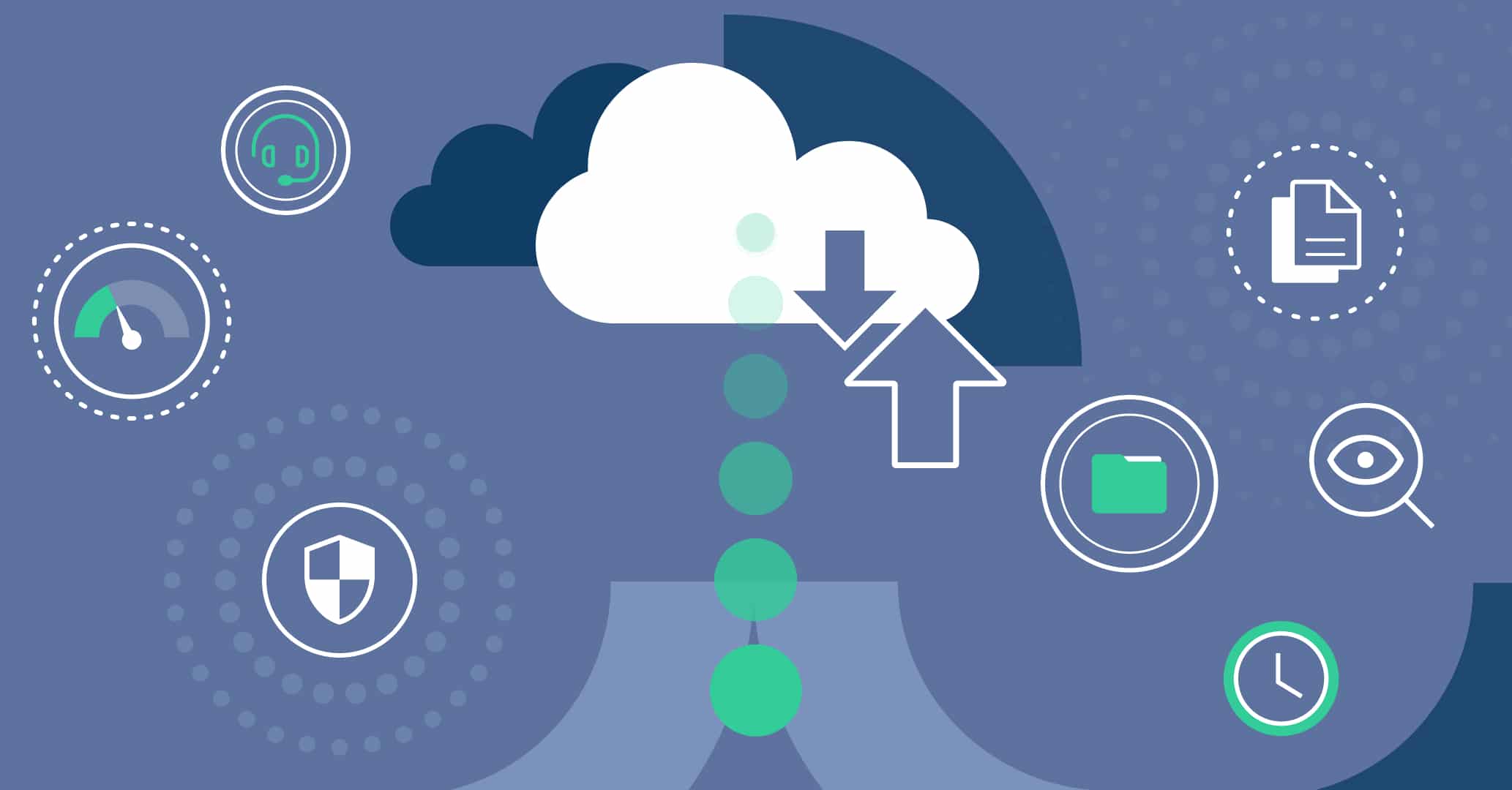Introduction
Leave and vacation management is an important activity in any organization. It requires managing requests, approving/rejecting requests, tracking leave balances, and setting employees’ vacation duration according to the company’s policies. Although it looks like a simple process, it requires proper time, tools, and procedures to manage leave and vacation effectively, especially if an organization has hundreds of employees.
Considering the technological advancements, BPM software has become a game-changer for leave management. Business Process Management (BPM) software helps organizations manage their operations and processes efficiently by designing, executing, automating, and improving business processes. In the case of leave and vacation management, BPM software is very resourceful. Therefore, this guide will talk in-depth about leave and vacation management and the role of BPM software.
Leave and vacation management – A quick overview
Leave and vacation management is the process of managing time-off requests of employees accurately and efficiently. The management is based on the set policies and rules the organization specifies.
A typical leave management process involves multiple stages, from sending the leave request to granting the leave and adjusting the remaining available holidays. To better understand leave and vacation management, let’s consider an example.
Consider that an employee, John, wants to take 3 days’ vacation to attend a wedding. So, all the steps involved are as follows:
- John submits the leave request.
- The HR team evaluates the leave request according to the set policies. They look into the remaining leaves, workload, or overlapping requests from other employees.
- The HR team approves or rejects the request and even considers the opinion of the concerned manager before making the decision.
- If the request is approved, the remaining John vacations are updated.
This is how a typical leave and vacation management process works. The steps can vary a bit from organization to organization, but they reflect the necessity of effectively managing leaves and vacations.
Different types of leaves
Leaves are the days that every employee is entitled to take off yearly. Therefore, there are different types of leaves that employees can request, as follows:
Vacation
Vacation leaves, also called paid time off (PTO) or annual leaves, are the fixed number of days employees can take off every year without getting cut off from their salary. Most organizations usually allow 30 days of vacation, which employees can take at once or gradually throughout the year.
Eligibility for vacation leaves varies from organization to organization. It mainly depends on the employees’ role, tenure, legal requirements, and similar other elements.
Illness
Illness leaves, also known as sick leaves, are requested by employees when they are unwell. These leaves are often approved quickly to allow the employee to get the treatment and recover quickly.
Mostly, there are no specific requirements to be eligible for sick leave. Almost all employees can request sick leave. However, some organizations may require employees to submit a doctor’s prescription in their leave request.
Wedding
Wedding leaves are granted if the employee is getting married or attending a close family member’s wedding.
Eligibility for wedding leaves depends on the organization’s policies. Some organizations have separate wedding leaves available for employees, while others want employees to adjust them in their annual leaves.
Mourning
Mourning or death leaves are granted to employees if their close family members or loved ones pass away. Since employees get emotionally disturbed during those days, organizations quickly approve their leave requests to give employees the space and time to recover.
The eligibility for death leaves depends on what family members and loved ones the organization considers eligible relationships. Parents, spouses, children, and siblings are the common relationships for whom the bereavement leaves are approved immediately.
Importance of effective leave management
Although the stages involved in a leave management process look standardized and easy to execute, they require significant time and are vulnerable to human errors. Moreover, imagine if there are 1000+ employees. In that case, managing all employees’ requests manually requires significant time and effort. Therefore, an effective leave management system is mandatory for almost any organization.
Below are a few key points that reflect the importance of effective leave management:
Save time
One of the significant benefits of leave management is time-saving. A proper system for leave management can reduce the time spent handling leave requests, answering employees’ queries, and updating leave balances. This way, the HR team can spend less time managing leaves and focus on other crucial activities.
Uninterrupted business operations
Employee absences can impact the workflow and delay some projects. For instance, an employee is part of the QA team and is responsible for conducting crucial quality assurance tests for the product to be released soon. So, if the employee requests for leave, it can have consequences for the project delay, etc.
Evaluating the employee leave request and the current workflow scenario is crucial to ensure uninterrupted business operations. Therefore, effective leave management can help to make such checks easily and reduce the chances of operational disruption.
Employees satisfaction
Employees’ satisfaction is directly linked to their productivity and business growth. Organizations giving employees paid vacations through a streamlined process can increase their satisfaction. 68% of employees who get encouragement about vacations from their company are much happier with their jobs. This satisfaction then leads to increased morale, productivity, and retention rate.
Legal compliance
There are different labor laws that organizations must follow. Sometimes, an organization can unintentionally violate some regulations. However, when there is a proper leave management system in place, it can help ensure compliance with legal requirements.
Cost saving
Effective leave management also leads to cost savings from multiple aspects. It decreases productivity loss, business operations interruption, HR team workload, and much more. All these aspects lead to significant cost savings.
Challenges in leave management
Leave management requires a strategic approach to handle these activities efficiently. However, it is not uncommon for HR teams to struggle with leave management. Below are some of the common challenges associated with leave management:
Tracking leave requests & balances
One of the significant challenges with leave management is tracking the leave requests and balances. With a diverse workforce, managing multiple leave requests can be complicated. Besides that, the leaves can also be of different types, such as paid, unpaid, sick, bereavement, etc. On top of that, updating the record of leave balances can also be overwhelming and may lead to mistakes.
Balancing staff & workload
During an employee’s absence, the workload of other employees can increase, or the ongoing project may experience some delays. Therefore, another challenge in leave management is balancing staff and workload. The approval of employees’ vacation requires evaluating different aspects, interacting with their managers, and then making final decisions.
Sometimes, employees may be required to delay their vacations due to the crucial period of the project. This can lead to employee dissatisfaction and burnout, which the organization must handle effectively.
Complying with organizational & legal policies
Leave management requires the HR team to comply with internal organization-specific and legal policies. However, ensuring compliance with organizational and legal policies may be challenging sometimes. For instance, organizational policies may emphasize operational efficiency and cost control. On the other hand, legal policies emphasize employee rights. So, the HR team may have to struggle with conflicting and overlapping policies.
Dealing with prolonged or unexpected leaves
Another challenge in leave management is to deal with prolonged or unexpected leaves. Employees may suddenly request leave due to medical emergencies, bereavement, etc. Similarly, employees can ask for extended leave for some scenarios. Therefore, dealing with prolonged or unexpected leaves can pose a challenge for the HR team.
Role of BPM software in leave management
Business Process Management (BPM) software helps organizations create, execute, automate, optimize, and improve their day-to-day processes. Talking specifically about leave management, BPM software can streamline and automate the leave management processes.
Below are some of the ways BPM software can streamline leave management:
- Automatic approval or rejection of leave requests based on specified conditions.
- Automatic validation and subtraction of available vacation days through integrating with external systems.
- Self-service portal for employees to submit leave requests.
- Integrate complex approval hierarchies to get approval from relevant managers.
- Effective leave management for a diverse range of leave categories.
- Keep track of leave records for reporting, auditing, etc.
Simply put, BPM software like Qflow can automate all the processes related to leave management. All it requires is modeling the leave management processes with specific conditions as per the organization’s policies, executing the model, and experiencing an automated leave management process. Besides that, BPM software models are also adaptive to new conditions. So, HR teams can customize the leave management processes with BPM software easily.

When an organization uses BPM software in leave management, it leads to significant time savings, reduced human errors, employee satisfaction, and cost savings. Therefore, organizations with large workforces should leverage BPM software to have well-structured and optimized leave management processes.
Conclusion
Leave management is an essential and crucial duty for HR teams. There are many challenges associated with leave management, especially for large-sized organizations. Therefore, organizations need to leverage technological advancements to streamline and automate leave management.
Business Process Management (BPM) software is an ideal solution for HR teams that is capable of automating all stages of leave management, from receiving leave requests to updating the leave balances and more. So, we will wrap up by recommending HR teams test out BPM tools like Qflow, use their built-in templates, and gradually automate their leave management processes.






